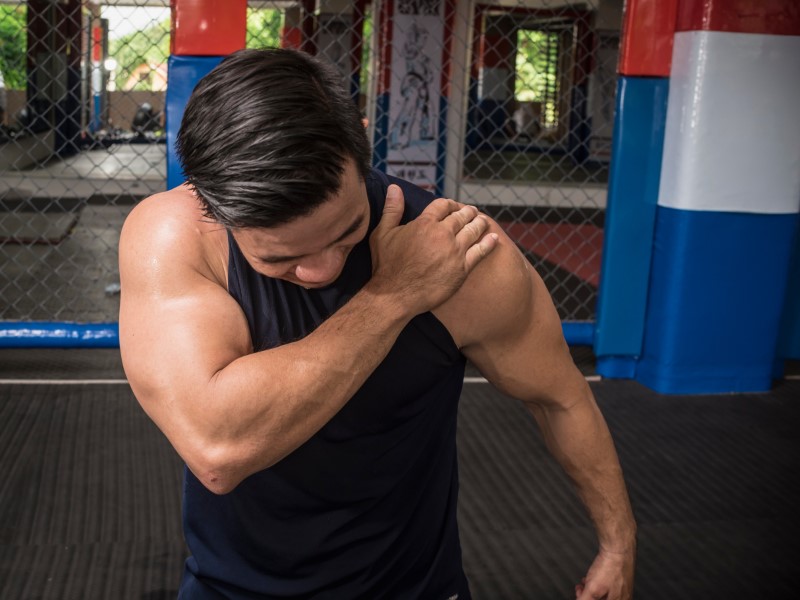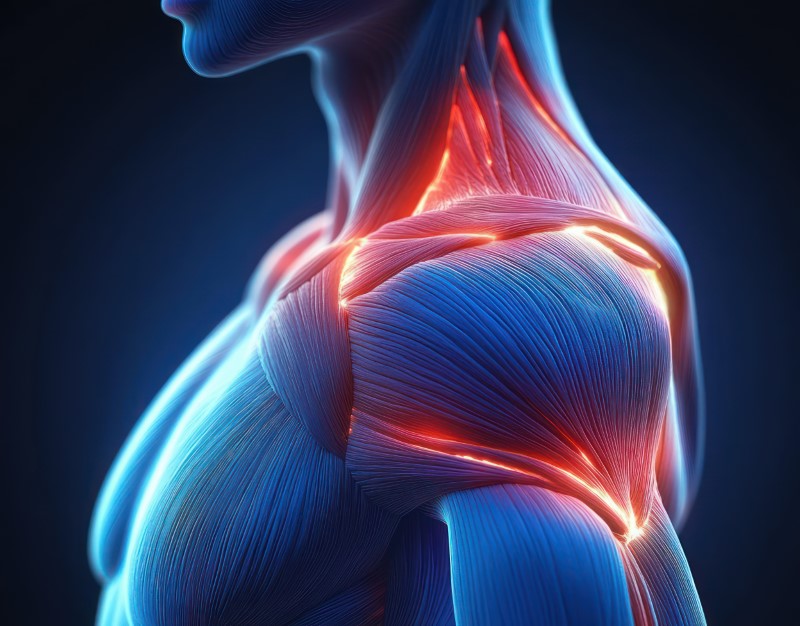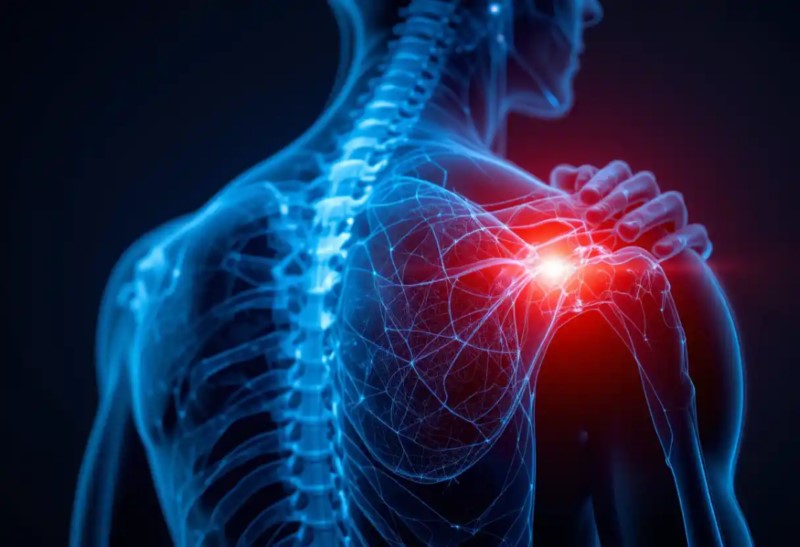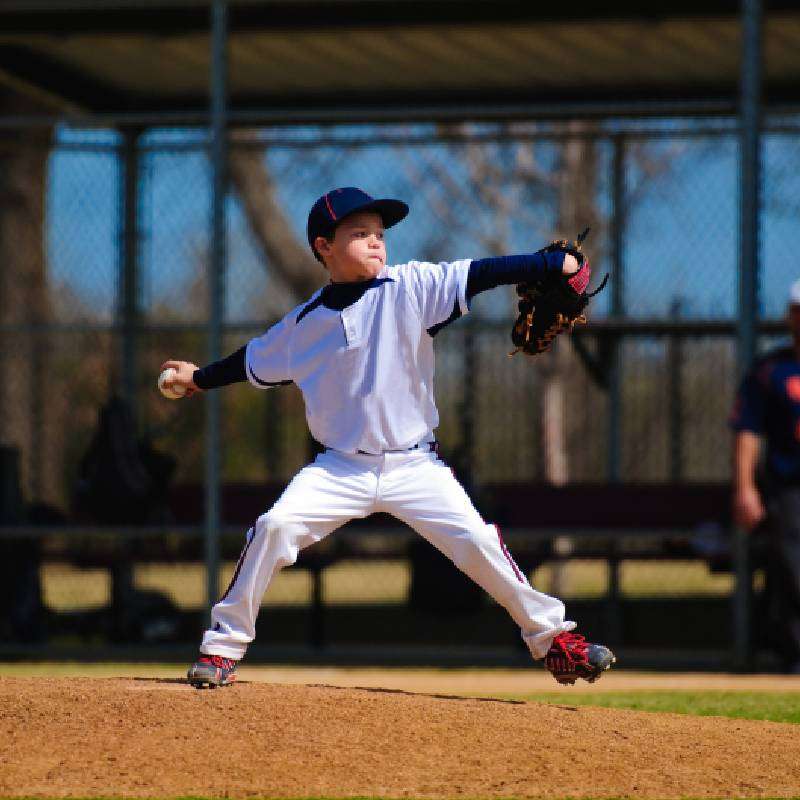Frozen Shoulder
Frozen shoulder is a condition characterized by stiffness, pain, and a gradual loss of shoulder mobility due to inflammation and thickening of the joint capsule.
Causes
- Post-surgical or post-injury immobility
- Diabetes or metabolic disorders
- Autoimmune or inflammatory conditions
- Unknown (idiopathic cases)
Diagnosis
- Physical exam – assessing range of motion and pain
- X-rays – to rule out arthritis or fractures
- MRI or ultrasound – to evaluate joint capsule thickening
Treatment
- Passive and active stretching to restore mobility
- Joint mobilizations to improve movement
- Manual therapy to reduce stiffness
- Strengthening exercises to restore function
- Pain management using heat or ice
Recovery
- Typically lasts 12-18 months in three stages (freezing, frozen, thawing)
- PT significantly improves recovery, especially if started early








